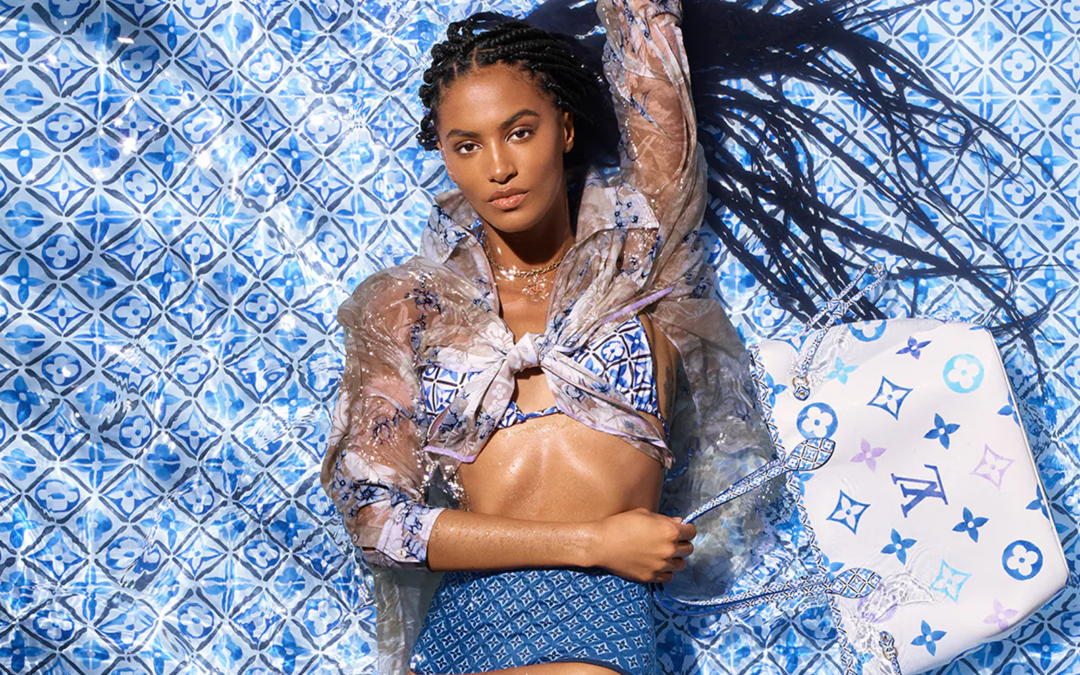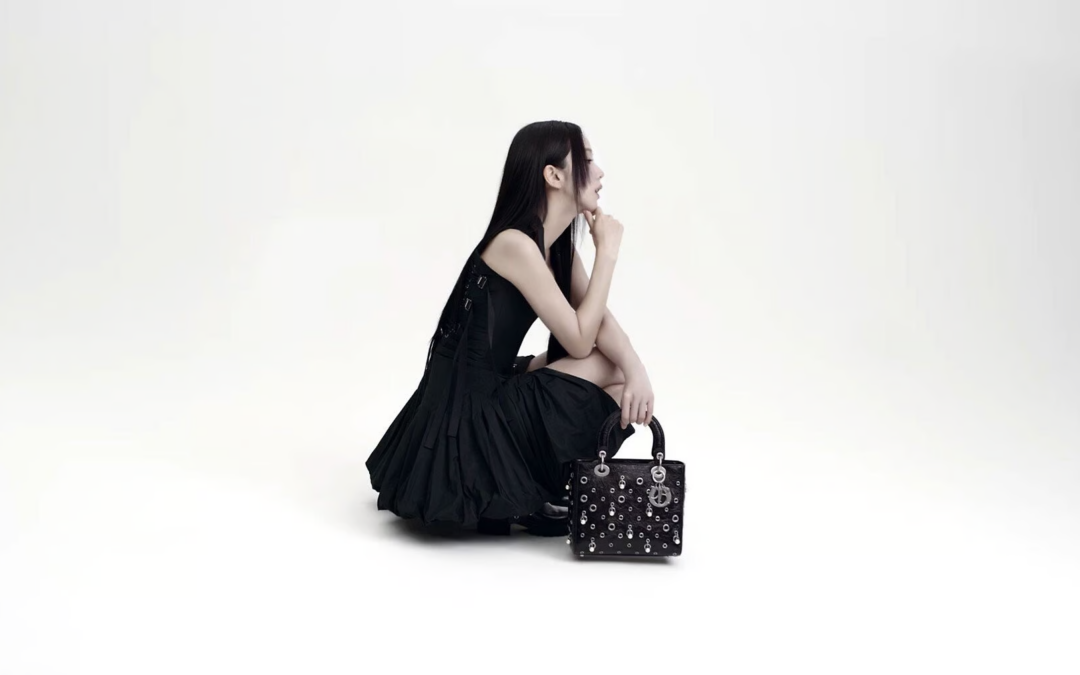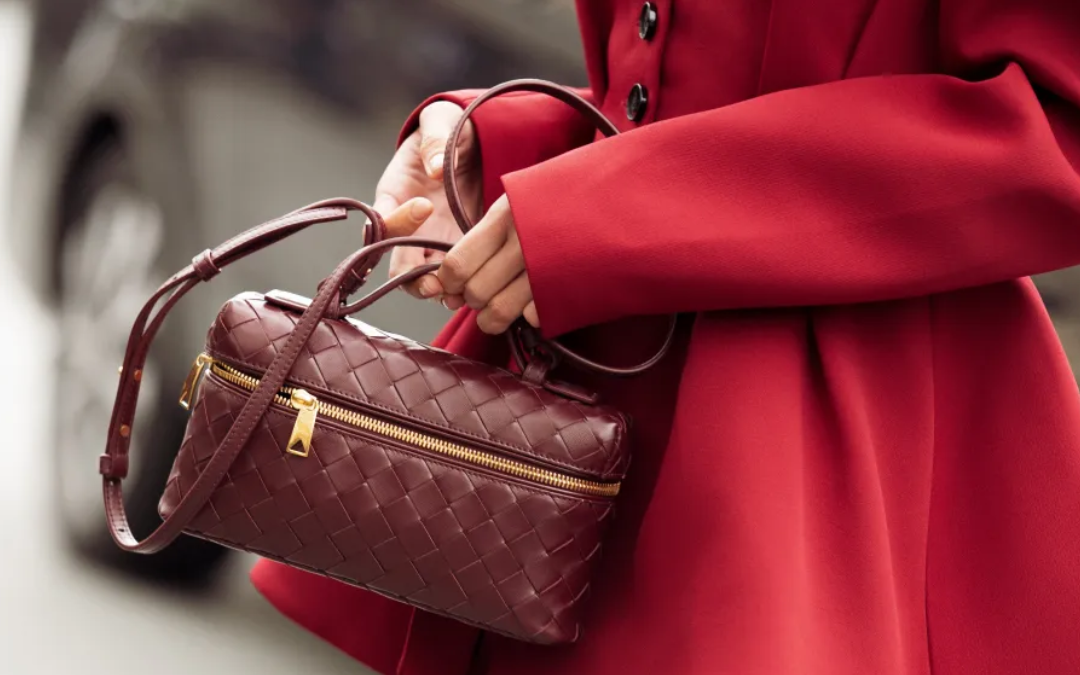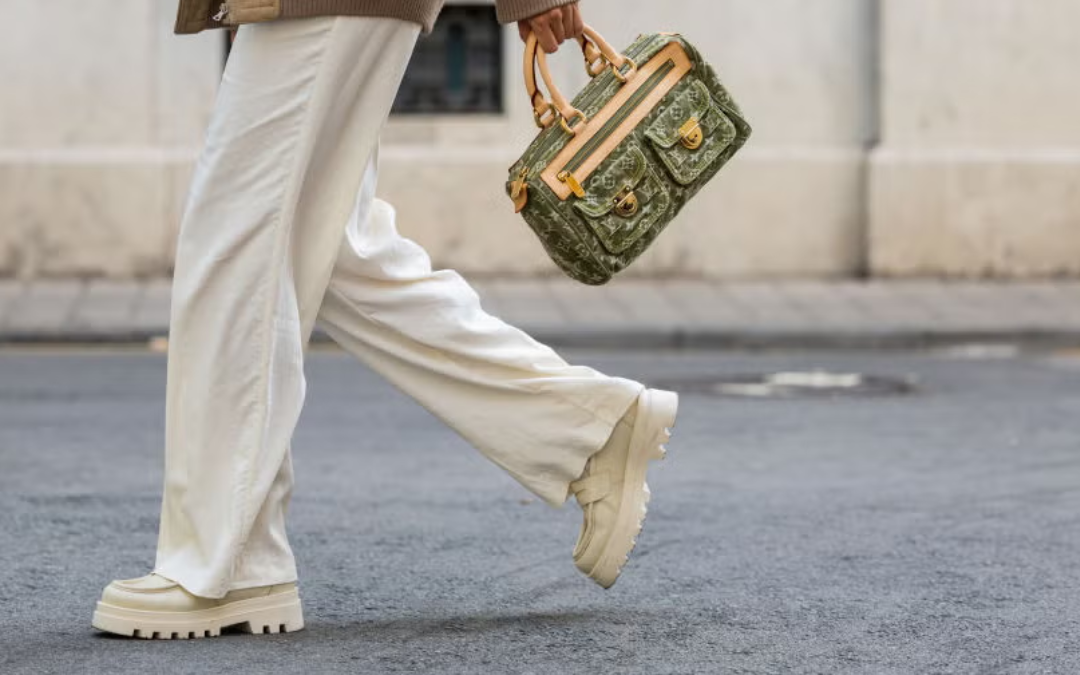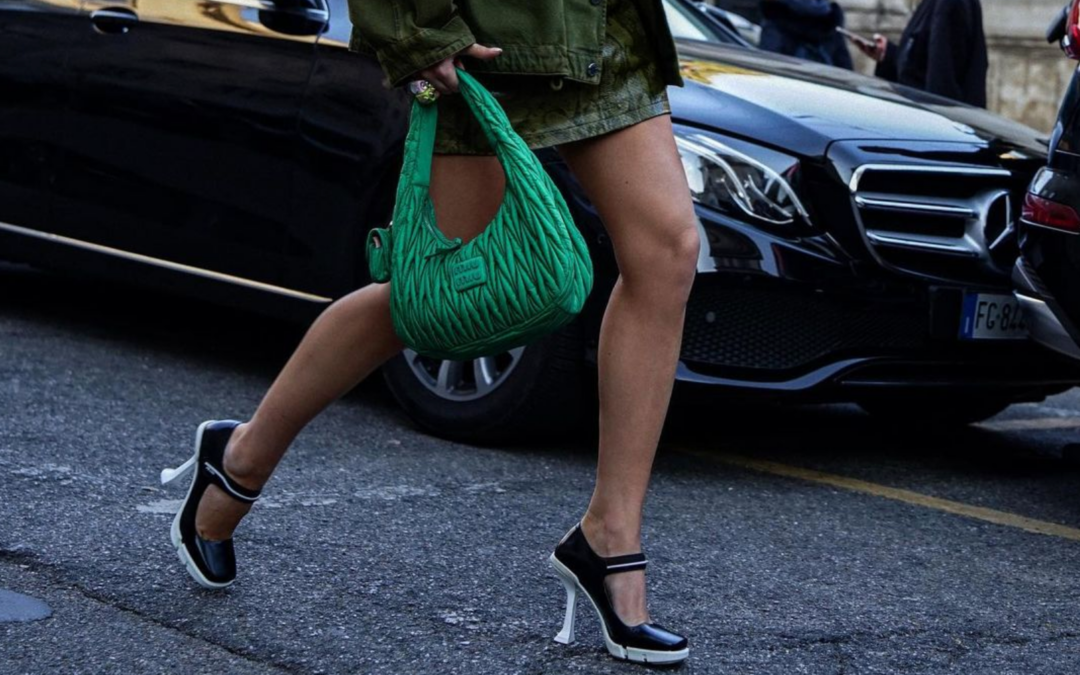
MIU MIU Is Having a Street Style Revival—Here’s Why Everyone Wants the Bag

MIU MIU Is Having a Street Style Revival—Here’s Why Everyone Wants the Bag
by Thea Elle | May 19, 2025 | Luxury Bags
MIU MIU is no longer just a niche offshoot of PRADA. In 2025, it’s the name that’s shaping fashion conversations, dominating influencer feeds, and bringing back the unapologetic aesthetic of early 2000s cool-girl luxury. From the runways of Paris to late-night TikTok hauls, the brand has resurfaced with more force and finesse than anyone expected. And leading that charge? The now-iconic MIU MIU bags.
The Matelassé mini and the Wander shoulder bag are more than accessories — they’re statements. Captured on the arms of celebrities like Kendal Jenner, Sydney Sweeny, and even the occasional off-duty supermodel, these bags radiate the kind of effortless style that today’s audience craves. Whether real or replica, their street style presence is undeniable and impossible to ignore.
Part of their power lies in how easily they photograph. Puffy leather, curved lines, and sleek branding translate seamlessly on camera. The MIU MIU bag wasn’t just made to carry things — it was made to be seen. And in a culture obsessed with optics, it’s little wonder the fashion crowd can’t stop reaching for one.

Why MIU MIU Bags Are the Moment Right Now
MIU MIU’s success is no fluke. The brand’s return to relevance has been a strategic blend of nostalgia marketing, bold runway statements, and aggressive influencer partnerships. Instead of chasing trends, MIU MIU sets them — reviving balletcore, platform loafers, and shrunken silhouettes while tapping into a collective longing for “simpler” fashion times. Bags like the Wander and the Matelassé mini don’t just follow the moment; they define it.
Replicas in 2025 are not what they were five years ago. Today’s MIU MIU replica bags are crafted with genuine leather, structured interiors, and hardware so convincing it takes a jeweler’s loupe to detect the difference. The stitching, proportions, and feel of the bag have evolved into near-carbon copies of the originals — not mass-market knockoffs, but luxury-level recreations.Their rise is also about identity. Owning a MIU MIU bag signals a particular kind of taste — a balance between chaotic cool and high-gloss luxury. It’s not about practicality. It’s about aesthetic fluency. It’s about giving the impression that you casually tossed a $2,000 bag into your car before heading to brunch, all while claiming you “just threw something on.”
That vibe is what makes the replicas so appealing too. If the look is what matters — not the receipt — then a high-end replica delivers 100% of the impact. In a culture where street style is judged more by image than invoice, today’s MIU MIU dupes hit all the right notes without hitting your wallet.
The Replica Game Has Changed
There’s something undeniably empowering about carrying a bag you chose purely because it reflects your taste—not your budget. Replica bags provide exactly that: a boost of self-assurance that doesn’t hinge on brand prestige. They are about smart choices, style clarity, and walking with your head held high.
This kind of confidence doesn’t come from a receipt or a logo. It comes from self-awareness. You know what looks good. You know what works for your lifestyle. And that’s what truly turns heads.
Who’s Wearing What — and Why It Works
The bags don’t just look good — they perform. Whether you’re channeling a polished vibe with a crisp trench coat or dressing down in a vintage tee and oversized denim, a MIU MIU Wander or Matelassé replica elevates the entire outfit. There’s something about the curve of the Wander, or the pillow-soft quilting of the Matelassé, that makes even the simplest outfit feel styled.

A sleek MIU MIU Wander replica adds high fashion flair to this monochrome outfit
The Real Value Is in the Aesthetic
At the end of the day, most people aren’t peeking inside your bag to check the label. What matters is how you carry it — literally and figuratively. When styled with confidence and intention, a replica offers the same stylistic currency as the original. And in a world where visual culture reigns supreme, that’s all you really need.
Fashion has shifted. Authenticity now means owning your choices — not necessarily your designer receipts. The rise of MIU MIU replica bags isn’t a fashion faux pas. It’s a smart move. It’s style without sacrifice. It’s buying into the fantasy without the financial fallout. And honestly, it’s never looked better.
So whether your bag came from the flagship in Milan or a curated replica site that ships globally, the truth is, nobody can tell. And in this era of image-first fashion, that’s exactly the point.
